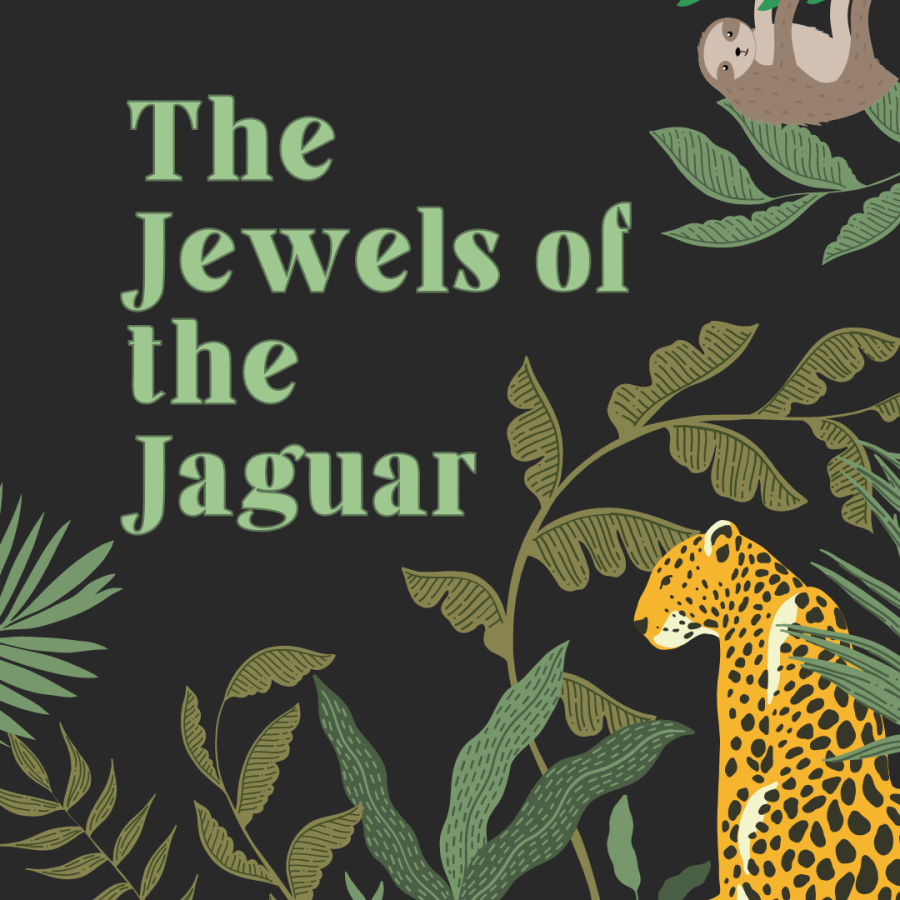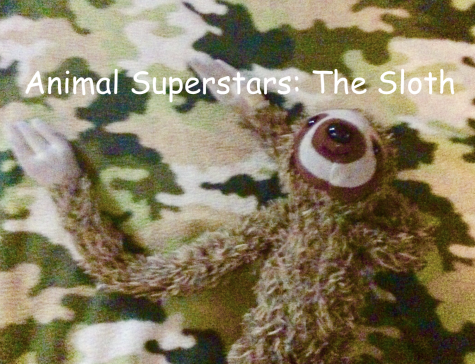THE JEWELS OF THE JAGUAR
An in-depth animal overview plus iUP’s favorite big cats!
Panthera Onca, better known by its more commonly used name Jaguar, is one of the most beautiful and mysterious animals currently known to mankind. Its complex spotted coat along with a formidable hunting style makes the Jaguar well-adapted to the habitats of Tropical Rainforests. How did the Jaguar adapt and evolve to become the apex predator today? Are there current threats to the Jaguar’s existence on this planet? Can humans do anything to prevent this? What is iUP’s favorite amongst the big cats? All these questions and more will be answered as we take a deep dive into everything about the Jaguar.
Looking into the evolutionary history of the Jaguars, one can see that they are most closely related to Leopards, but Jaguars themselves speciated from a common ancestor shared by all big cats around 2-4 million years ago! Born as a natural predator and carnivore, the Jaguar was eventually able to claw its way up Brazil’s and the Pantanal’s food chain to the apex predator place that it has claimed in modern times. Throughout this time, the Jaguar has evolved some unique evolutionary traits compared to other big cats such as the fact that they love water! Native to tropical rainforests where their coat provides the perfect camouflage, Jaguars were adapted to become excellent swimmers to the point where relatively no prey is safe from this top cat. Alongside being the main threat from both the land and water, Jaguars are also excellent climbers (like most cats). They will not hesitate to go stealth mode with their larger-than-average paw padding size to quietly sneak up on unsuspecting prey.
Unfortunately, countless adaptations and advantages have been unable to save the Jaguar from humans. Prized for their unique and exotic fur coats, Jaguars have been one of the many animals that have been hunted and poached to the point that their population has been labeled as “near threatened” by the International Union for Conservation of Nature, citing massive population declines. However, poaching and hunting only represent some of the many dangers to the Jaguar population with another one being the impacts of urban sprawl as the ever-growing human population intrudes into the Jaguar’s natural habitat. These problematic scenarios bring the next question to the forefront of our discussion: given these are human problems, are there any accompanying human solutions to bring the Jaguar back to prosperity? In reality, it’s hard to find solutions since, for example, a ban on poaching does not stop the hunting of Jaguars from occurring. This means that alternative solutions need to be sought out and implemented, including but not limited to: the establishment of nature reservations that are secured and monitored, and the employment of rangers to help protect these threatened species.
Jaguars eat a large range of food, over 80 species. “Jaguar prey species include peccaries, capybaras, pacas, agoutis, deer, opossums, rabbits, armadillos, caimans, and turtles” according to the U.S. Fish and Wildlife Service. The Panthera Onca is near the top of the rainforest food web, with few challengers. One reason for this is that Jaguars can be very tricky. One of their many types of prey is the Three-Toed Sloth. They live high in trees, so Jaguars can’t normally eat them. However, Jaguars are smart predators. Once every week, sloths need to go down the tree and defecate. Jaguars can hide in the bushes, and snap them right up. Since Jaguars are apex predators, they need to eat more animals to get enough energy to survive. This can be explained in terms of biology as the energy flow decreases by 10% each time that an organism eats another, with most being lost as heat. This means that Jaguars need to eat more to get the same amount of energy that a herbivore would, explaining their very diverse range of food.
If you were wondering how iUP feels about Jaguars, here are some of their favorite big cats! 11th grader and iHoot Feature Editor Brooke Bolinger says, “My favorite big cat is a tiger! Some of my coaches called me “Tiger” when I was growing up playing tennis, and I’ve always loved their ferociousness!” 5th grader Carlo Contreras says, “I like Black Jaguars because of their color and because they are rare.” 12th grader Makenna Horne says, “I absolutely love the color of snow leopards! They are really pretty.” iHoot Sports Editor Danny Hall says, “I’ve just always liked tigers for some reason. Can’t really explain why. I like all big cats and just any cats in general, but tigers just stand out to me. Maybe, it’s their stripes and their color scheme, but who knows, honestly? Definitely not me.” 7th grader Autumn Friesenhahn says, “Siberian tigers are my favorite. They are really pretty.” Thank you, Brooke, Carlo, Makenna, Danny, and Autumn for your contribution! It seems like the favorite here at iUniversity Prep is the tiger!
As one of nature’s wonders, big cats are truly gems of the wild. From tigers to leopards and jaguars, these animals are extremely important to our world today. Just because these apex predators are under threat doesn’t mean that we can’t do anything about it. Through nature and preservation initiatives, we can work as a collective to return these cats to their original population sizes, working towards a healthier environment as a whole.
Works Cited:
“Jaguar.” Species Facing Extinction | Global Conservation, https://globalconservation.org/species-facing-extinction/jaguar/#:~:text=Jaguars%20are%20listed%20as%20Near,Fauna%20and%20Flora%20(CITES).
“Jaguar (Panthera Onca): U.S. Fish & Wildlife Service.” FWS.gov, https://www.fws.gov/species/jaguar-panthera-onca.

Hi Everyone! I am Marcus and I am your Co-Editor-In-Chief this year at iHoot! This is my 4th year here at iUP & iHoot and I am currently a Junior! ...

Hi! I am Will Faulkenberry, and I'm in 6th grade at iUP! This is my second year in iUP and second year in iHoot! I enjoy writing, reading, and doing experiments!...

My name is Curtis Bamber, and I’m a sophomore here at iUniversity Prep. This is my 4th year here at iUp and iHoot and this year I will be your Co-Associate...












